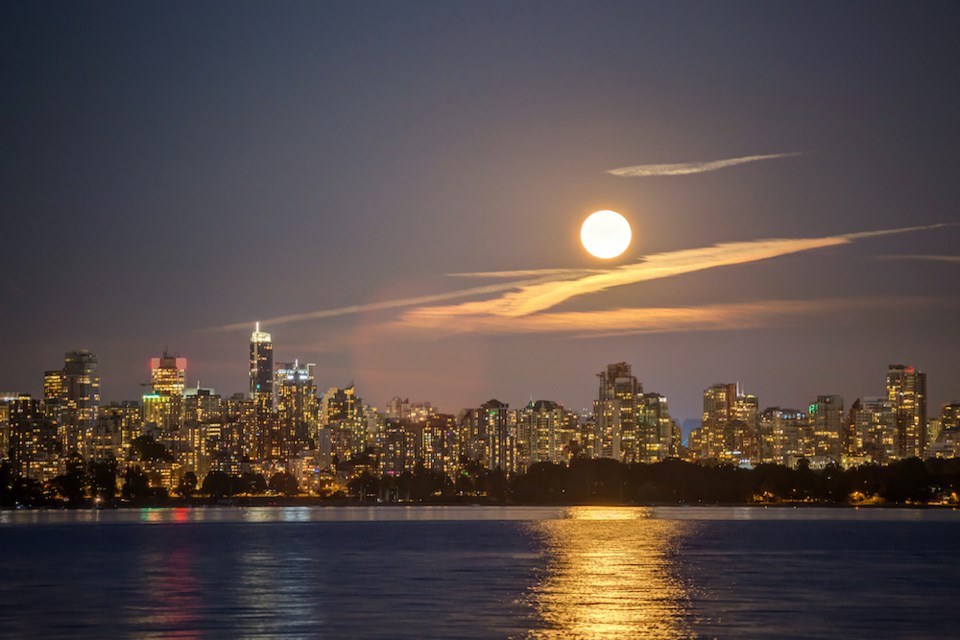Last month, Metro Vancouver stargazers howled under the silvery light of a luminous full wolf moon. This month, astral observers may view a full snow moon in all its astral glory.
February's full moon is commonly known as the 'snow moon' in North America and dates back to Native American times; it was given that name because February typically experienced the greatest amount of snowfall during the year.
With that being said, the February moon could also be known as the 'moon of many names' due to the number of different names it has around the world. In fact, it even had a number of names across North America.
Moon of many names
"Hunting becomes very difficult, and so some Native American tribes called this the Hunger Moon. Others called this Moon the “Shoulder to Shoulder Around the Fire Moon” (from the Wishram people of the Pacific Northwest), the “No Snow in the Trails Moon” (Zuni, of the Southwest), and the “Bone Moon” (Cherokee, of the Southeast). The Bone Moon meant that there was so little food that people gnawed on bones and ate bone marrow soup," reports The Old Farmer's Almanac.
Similarly, Moon Giant points out that the Kalapuya tribe referred to it as the 'Out of Food Moon.' It adds that Cherokee tribes would commune with their dead ancestors during this time.
Of course, the February moon isn't always associated with death across the globe. For example, many East Asian cultures ring in the new year during this time, and therefore they associate the moon with new beginnings. Many countries celebrate the occasion with lantern festivals and celebratory foods.
The February moon will be at its fullest on Feb. 27 at 12:17 a.m.
Stargazers should opt to travel as far away from city lights as possible in order to avoid light pollution that will obscure the clarity of heavenly bodies. While this works best in more remote places, anywhere that has a higher elevation will also provide more ideal viewing conditions.



